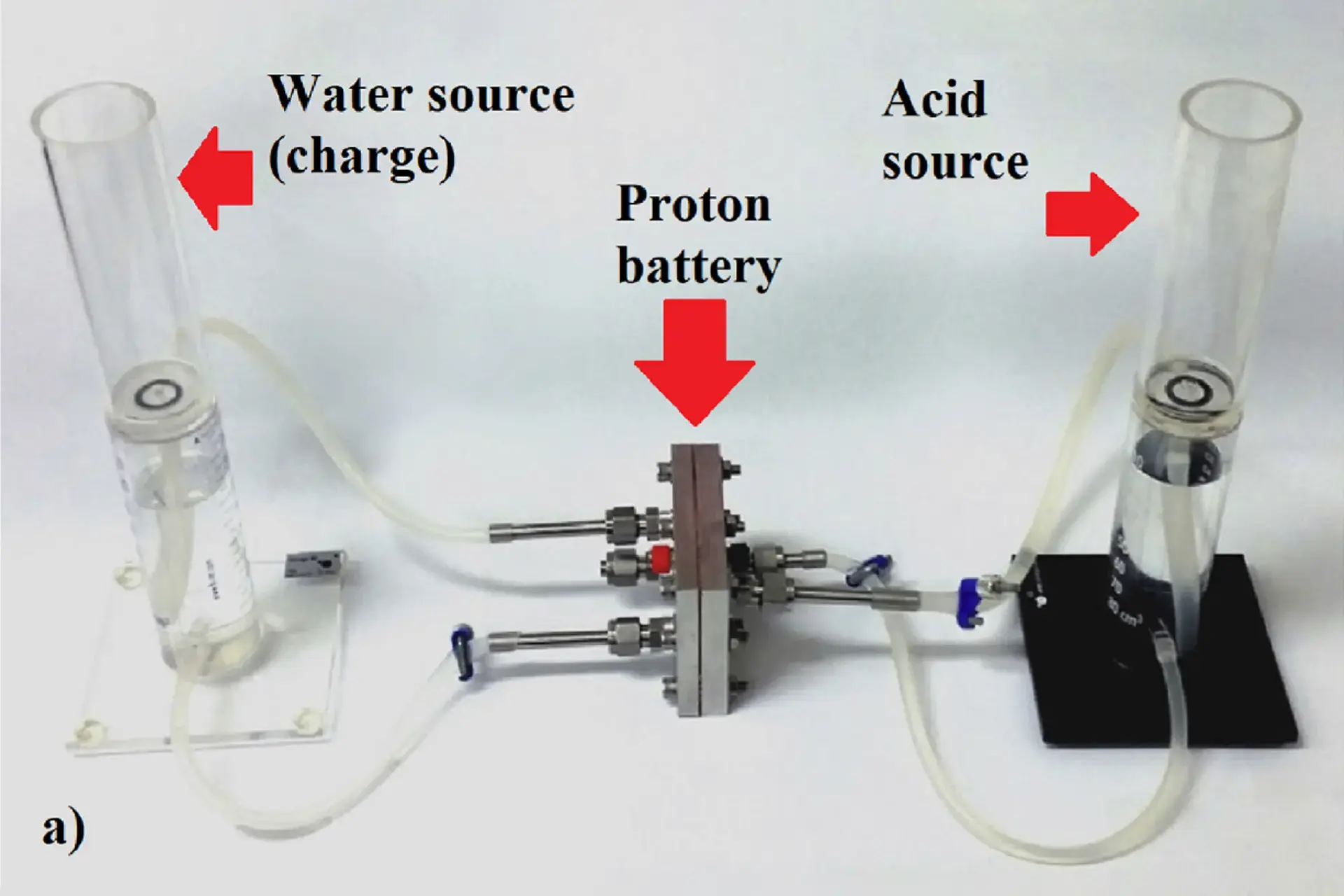73
you are viewing a single comment's thread
view the rest of the comments
view the rest of the comments
this post was submitted on 30 Jul 2023
73 points (95.1% liked)
Solarpunk
5426 readers
82 users here now
The space to discuss Solarpunk itself and Solarpunk related stuff that doesn't fit elsewhere.
Join our chat: Movim or XMPP client.
founded 2 years ago
MODERATORS

Electricity flows when there is a voltage difference, ie a more positive side and a more negative side that wants to equal itself out.
This battery uses protons (positive charge) to make a voltage difference.
When the protons flow from one side to the other, electricity is generated.
That's the best I can do I'm afraid.
I'll try too.
Water can be split with electricity into hydrogen and oxygen atoms, which quickly combine into hydrogen and oxygen gas molecules.
This battery stores energy by using an acid environment to preserve the hydrogen atoms as single and electrically charged ions (weakly combining them with opposite-charge ions from an acid) and uses voltage to attract them into a carbon storage medium, where they de-ionize with the help of electrons from a wire and get deposited in porous carbon as single hydrogen atoms.
Meanwhile, oxygen is formed on the other electrode, far across a membrane. The oxygen cannot come across the membrane and combine with the hydrogen or carbon. Oxygen atoms react among themselves and form oxygen gas molecules.
When time comes to discharge, voltage across the terminals is removed and a load with resistance is installed. Hydrogen atoms stored in carbon give away their electrons, which flow across the wire (peforming work at the load) and ionize oxygen atoms on the other side. This creates a voltage gradient which attracts hydrogen ions to leave the carbon substrate and travel across the medium (acid conductor and membrane) to join with the oxygen ions and form water.